On the mountain plateau above the canyon and necropolis Radimlje, near Stolac, lies the ruins of an ancient and mysterious megalithic site. It’s named Daorson due to a coin found there, however, its true history is still unknown.
A good time to visit the site of Daorson is in the spring and autumn, because the summer heat and the vegetation can limit your movement and put you at risk for snakes. The ancient megalithic ruins are located on top of the high hill in Ošanjići where it is believed that settlements have existed ever since 1600-1500 BCE. It is the mainstream view that Daorson was inhabited by the Illyrian people of which nothing is almost known. It is thought that this site was inhabited in the 300-50 BCE by Hellenized Illyrians. The site got its name because a coin was found at the site with Daorsi inscribed on it, but nothing more than that indicated what people and when this site was originally constructed. So we know that the Daorsi were at the site at some point but can’t conclude they were the original settlers who actually built it. Mainstream history feels reluctant to acknowledge this as the work of ancient Bosnians – and thus sticks to the Hellenistic classification of the site.
Keep in mind that the sea level was higher long ago and the canyons below Daorson could have been waterways for ships. Making this site an ancient sea port. The site consists of big wall, acropolis ruins and remains of terraces.
Get to the site from Mostar
From Mostar a roundtrip to Stolac including Daorson, Stećci and Old Stolac Fort with taxi will cost you 40 € and this includes the driver waiting for you. It’s not worth taking the bus to Stolac, to then get taxi from Stolac to Daorson and Radimlja – as it will cost you the same in the end and take longer time. One taxi for the whole trip is recommended, especially if you’re in a group sharing the price will make it even more affordable.
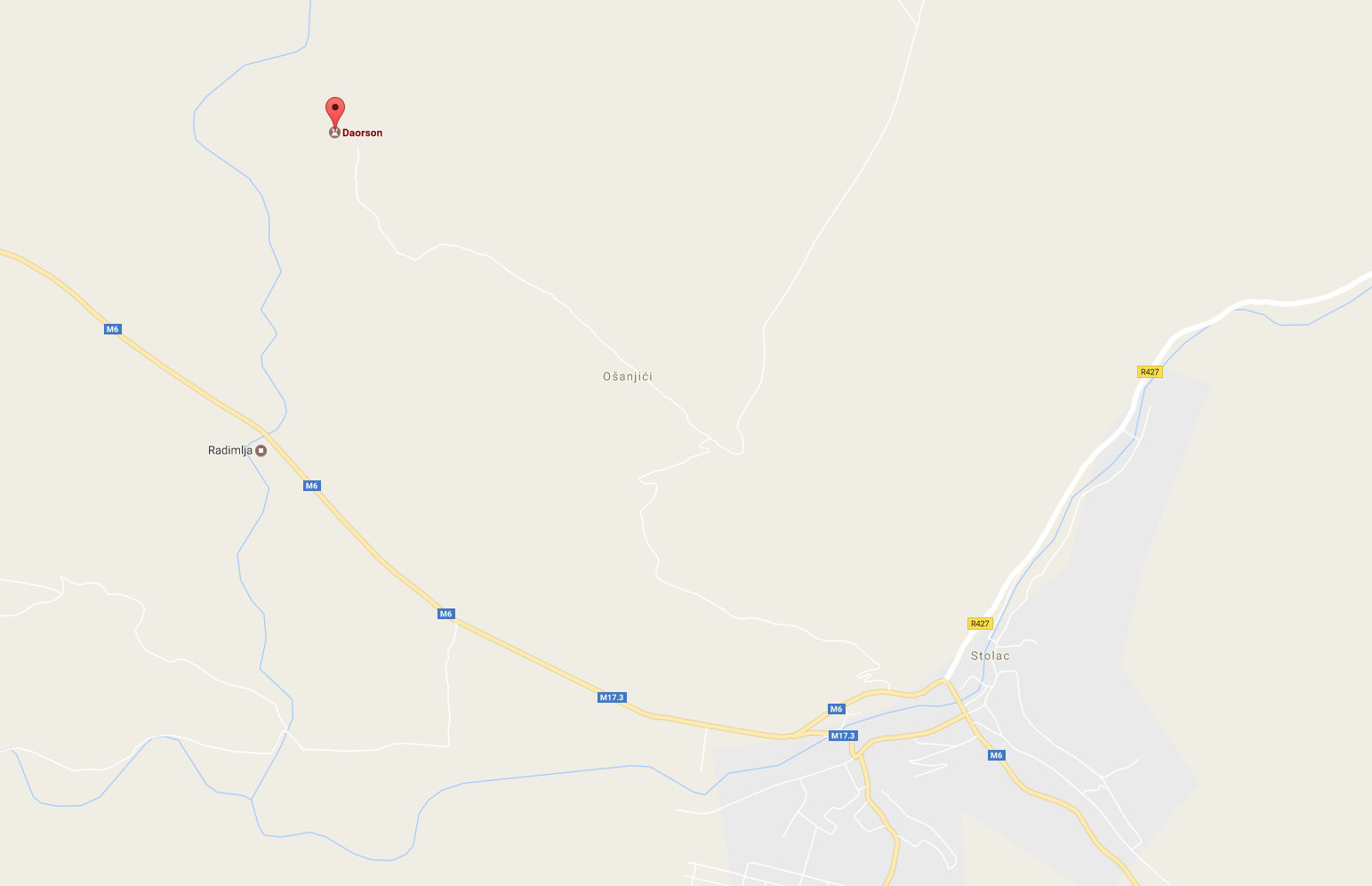
Semir Osmanagić presents in the following video interesting aspects of this site which are omitted among mainstream researchers. Really worth listening to for a wider perspective of this site’s history. (It’s in Bosnian but I’ve added English subtitles)
The most intact part of the site are the remains of the wall. They remind us of the walls found in Sacsayhuaman. Around the wall there are lots of ruins and one can imagine how great this structure must have been as new. While wandering a bit farther away from it I met a sheepherder who lives in the area and he told me he helped in the excavation of the site. Meaning that even more layers of soil were covering what we can see at the site today. He also told of tunnels discovered in the area and how much is possibly still hiding beneath the layers of soil.
But perhaps the ineffective and careless cultural-historical administration of Bosnia & Herzegovina is even more dangerous to this site. Anyone can come to the site and do as they please, not much is invested in taking care of it. I didn’t even see one trash can and the location and being a very off the beaten path type of location, is likely what saves Daorson from vandalization.
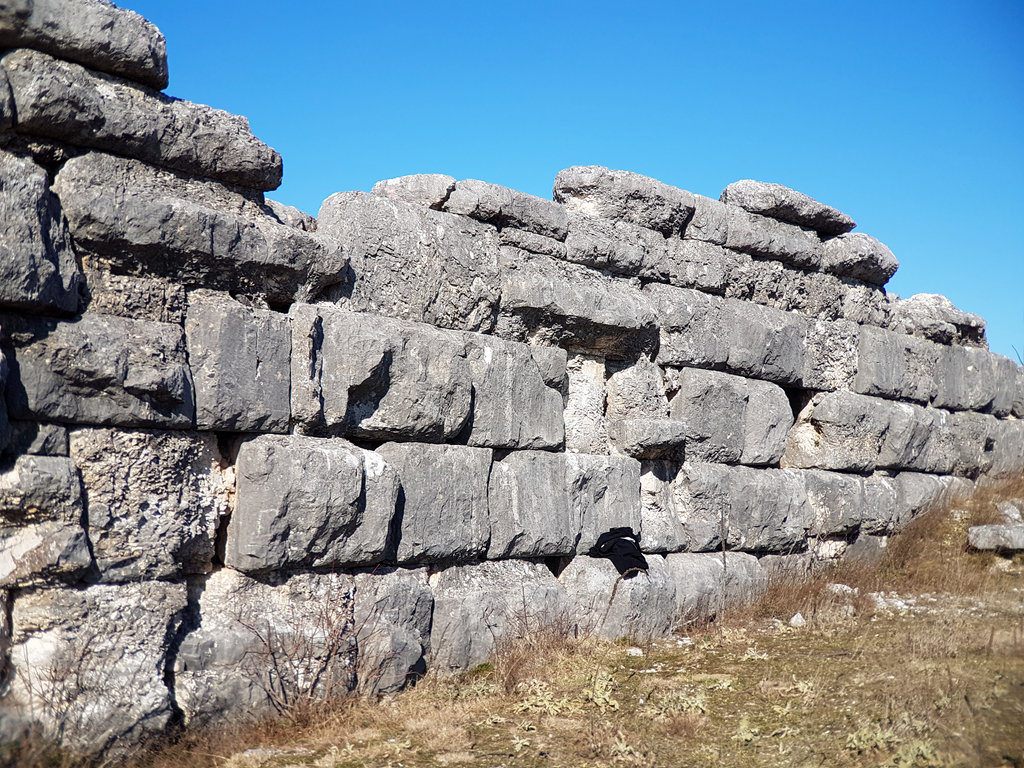
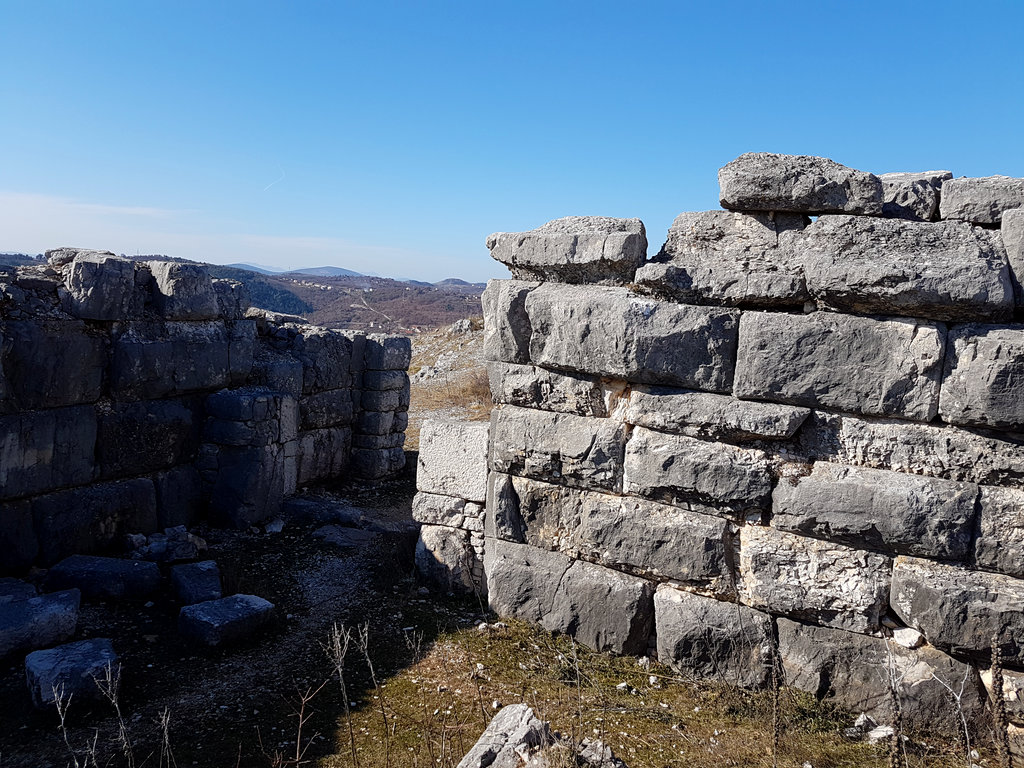
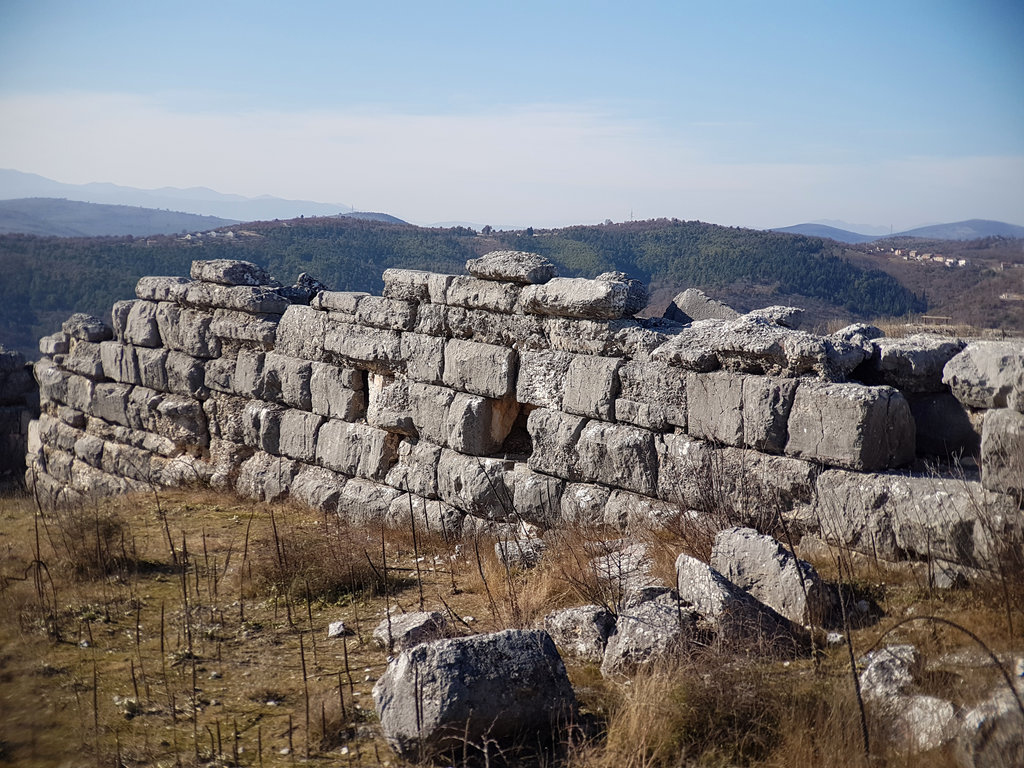
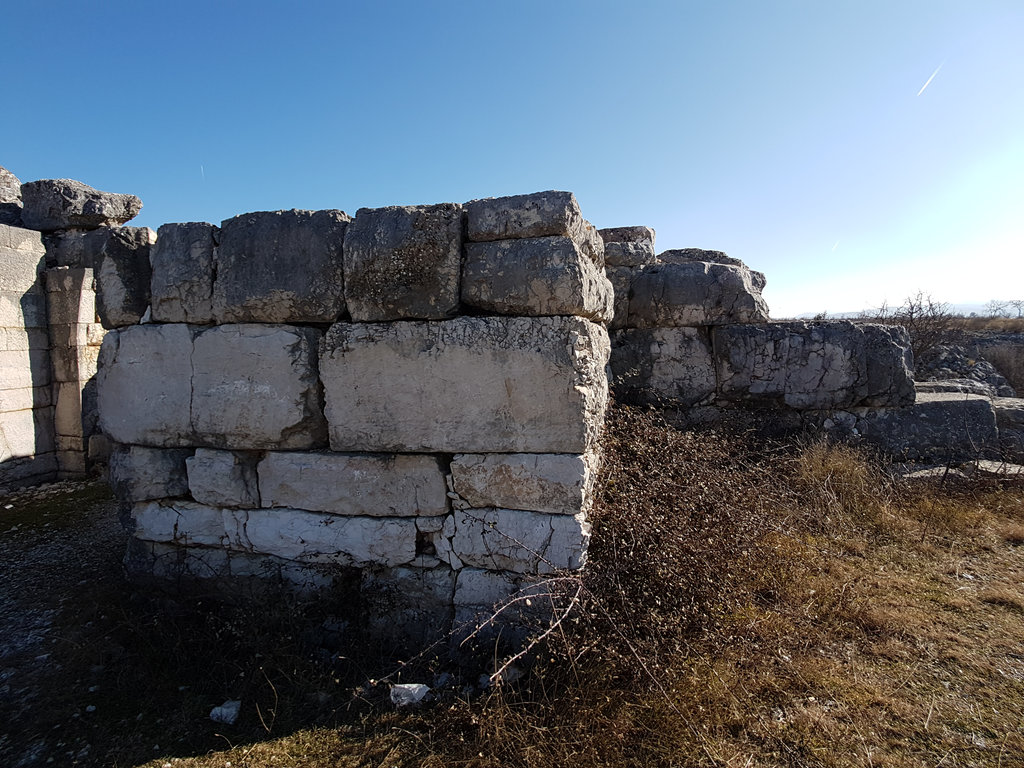
The megalithic wall is asymmetrical which makes for a more lasting structure during earthquakes. The construction style is similar to other megalithic walls around the world. Like Sacsayhuaman as shown in the video below.
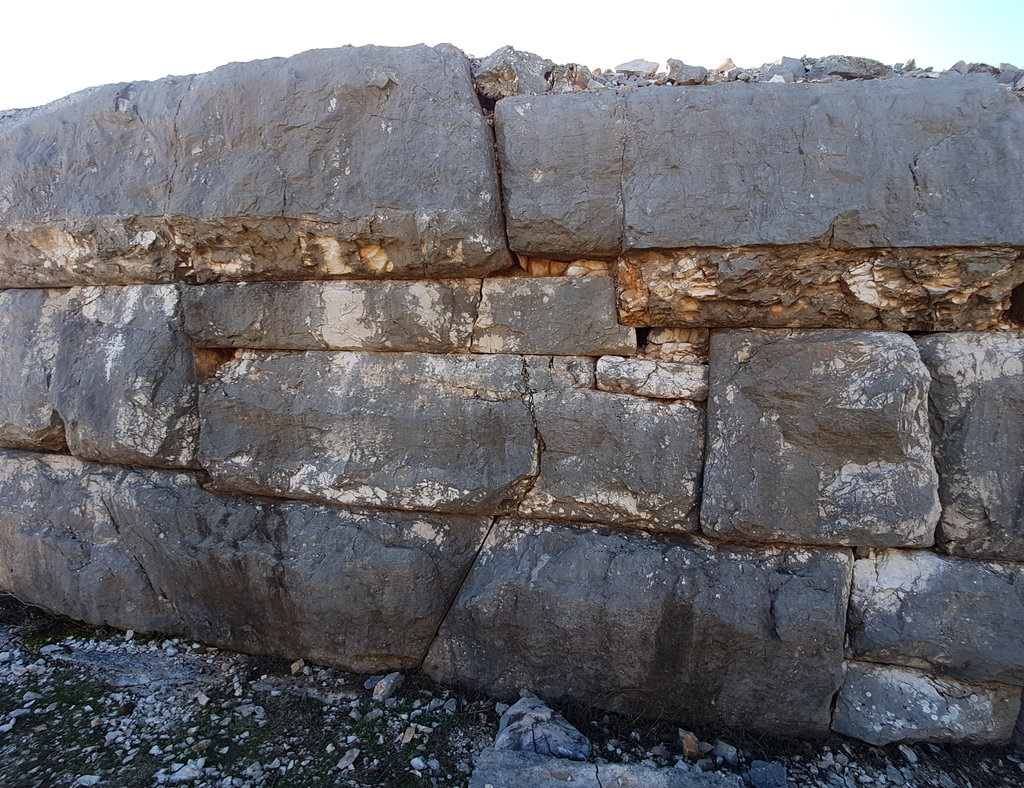
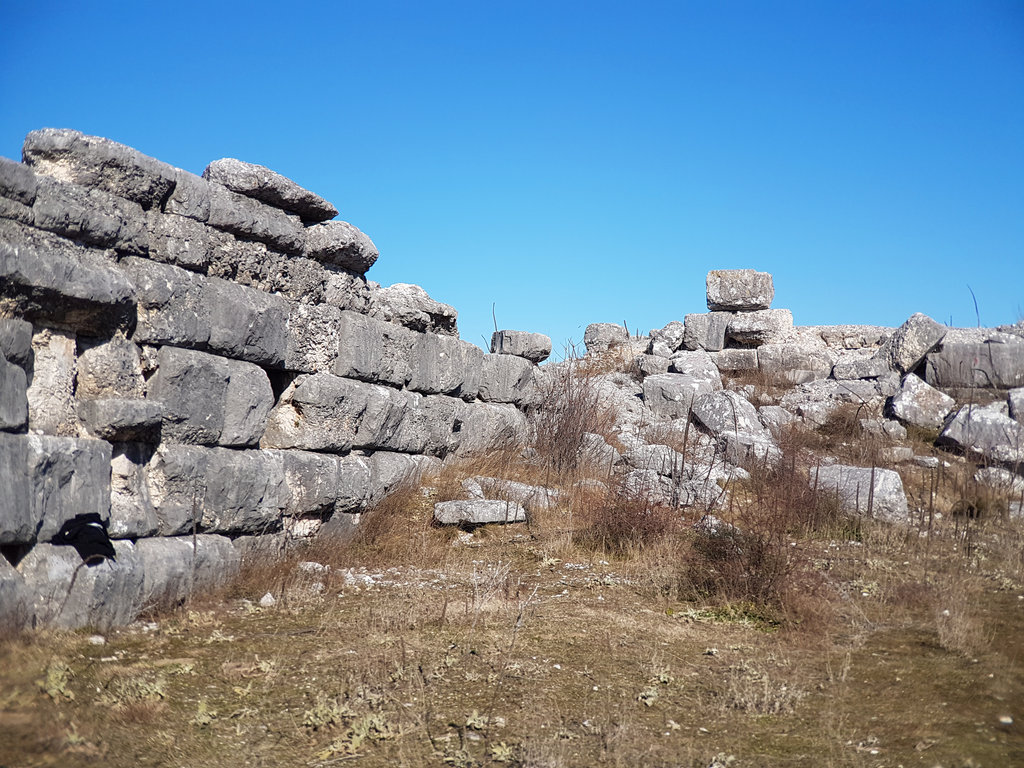
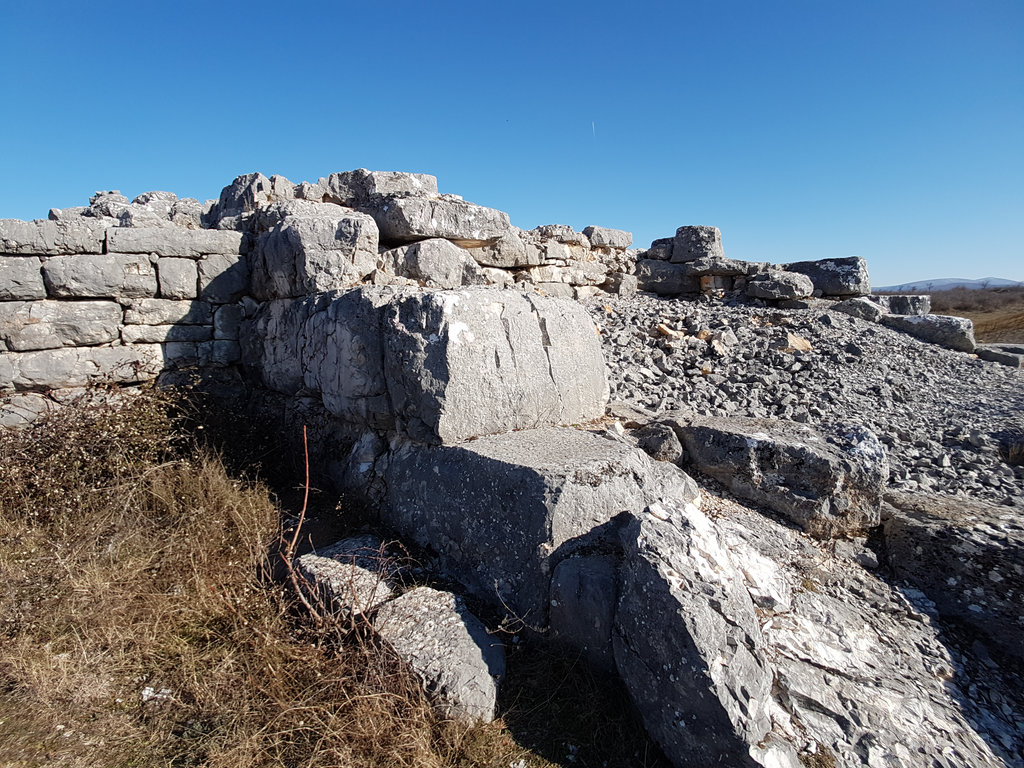
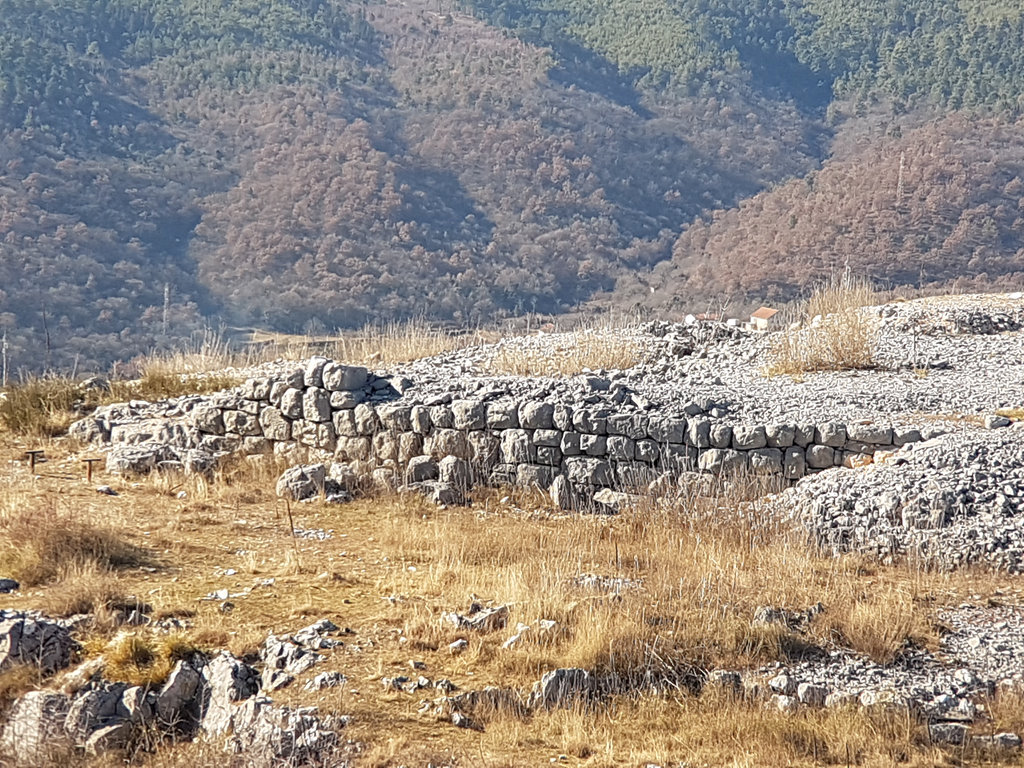
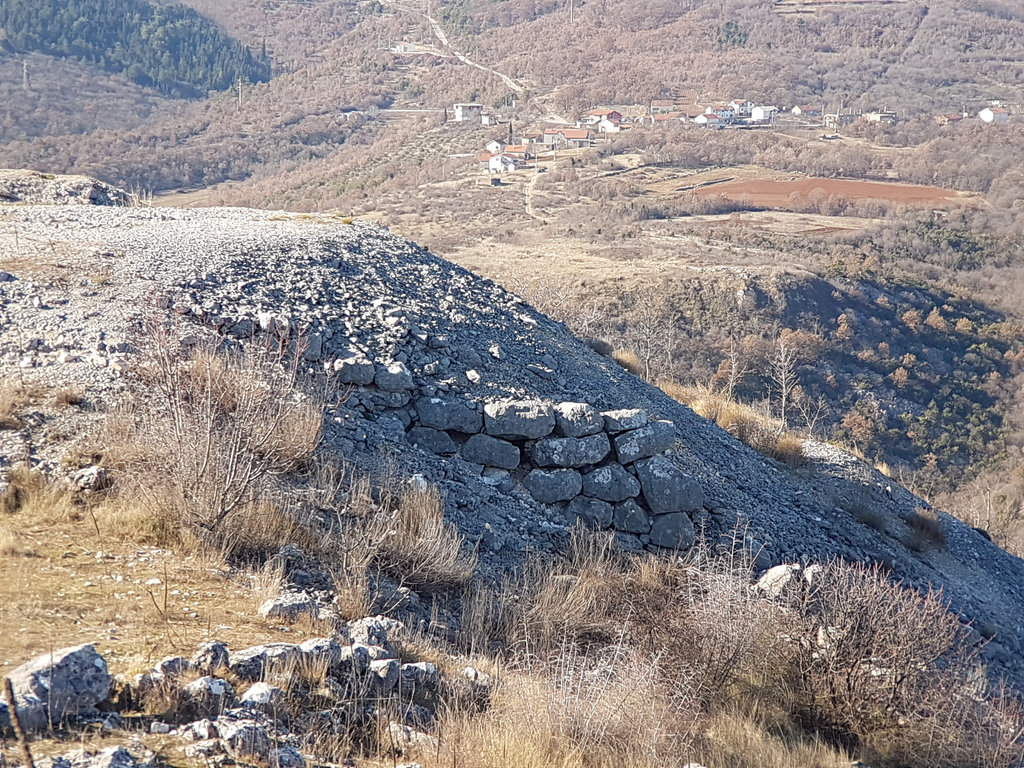
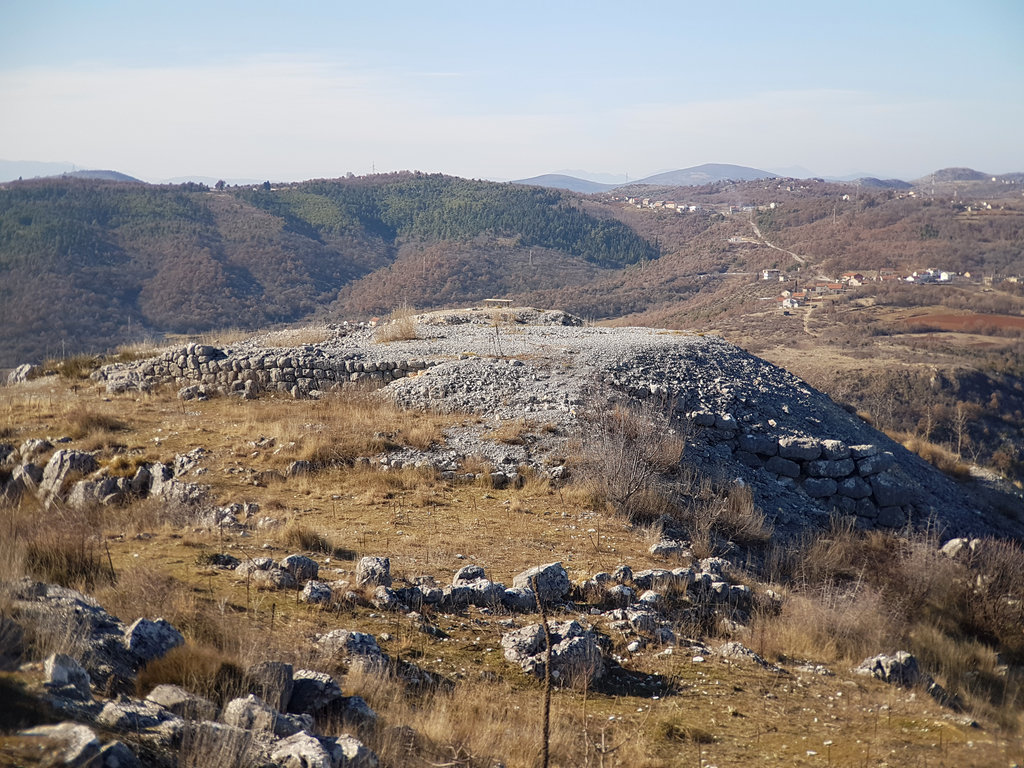
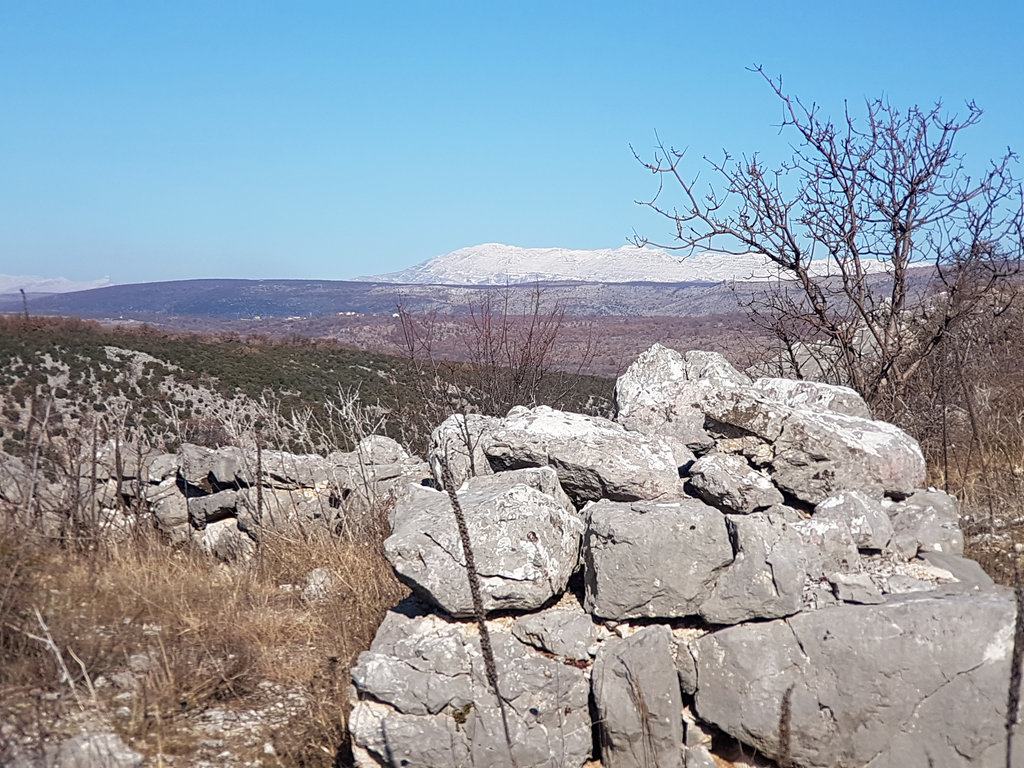
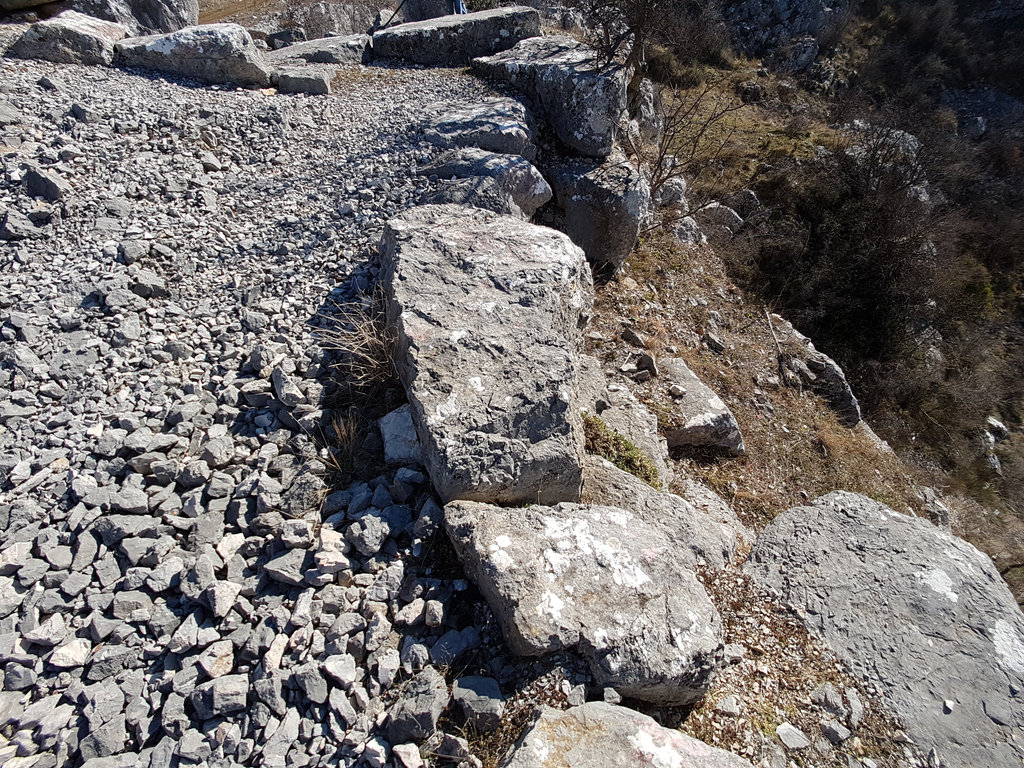
At some places the ancient wall is very vividly present, like in the photo below, we se a corner of a structure still standing. While the remains have tumbled down, either destroyed by man, erosion or earthquakes.
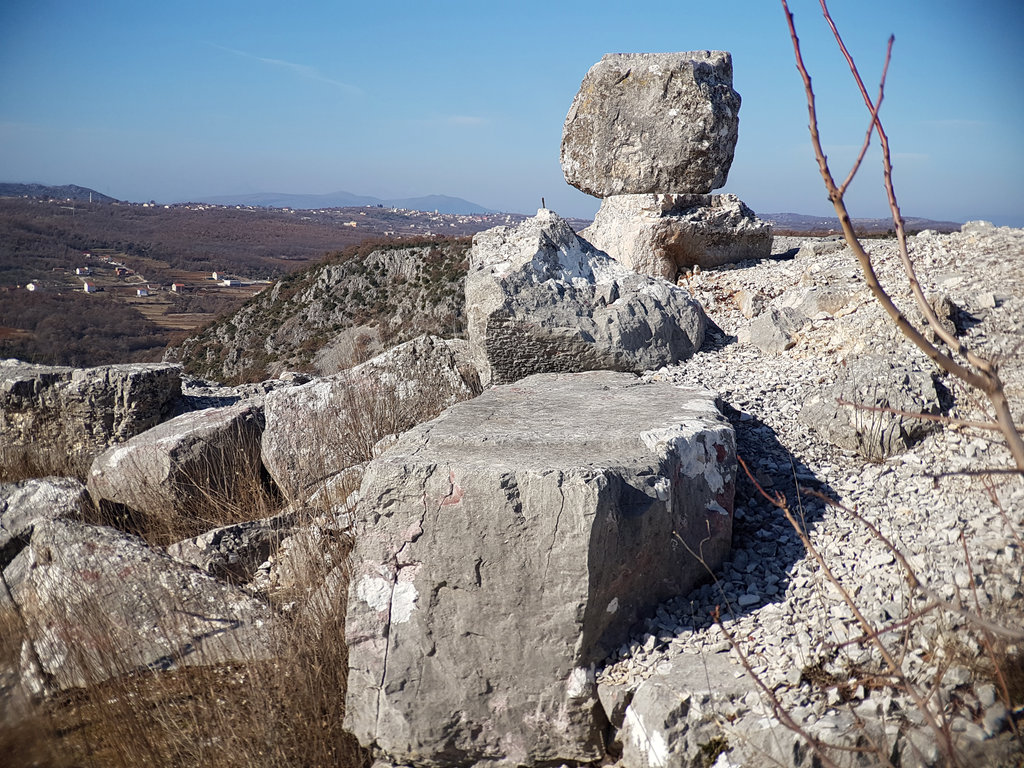
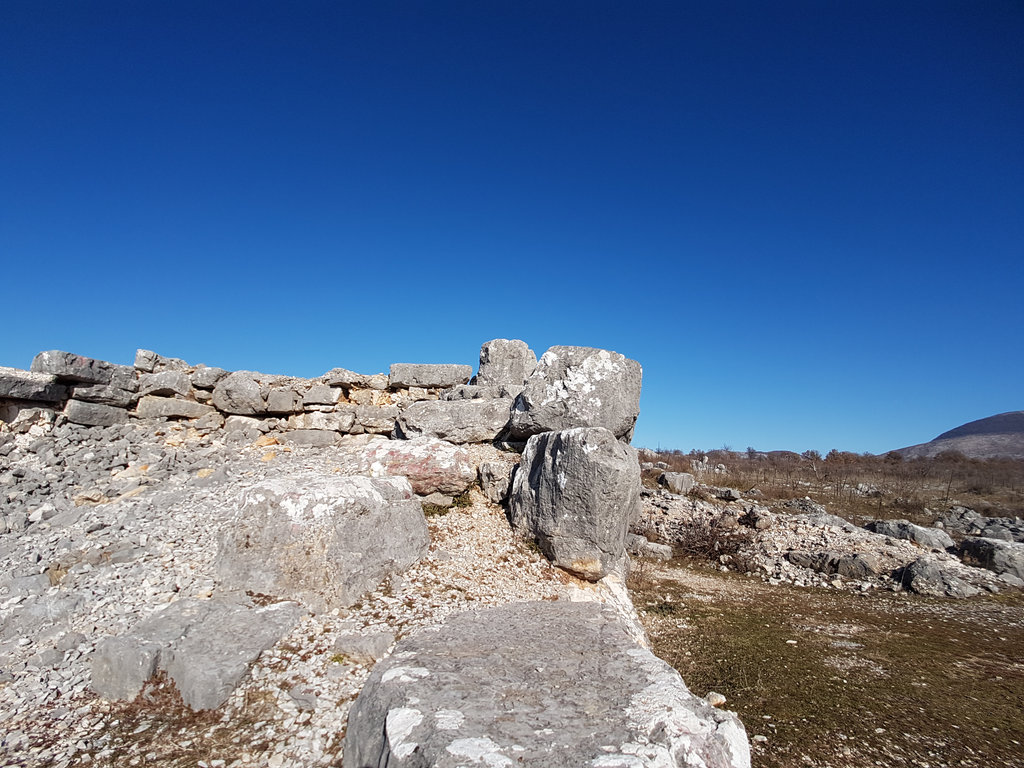
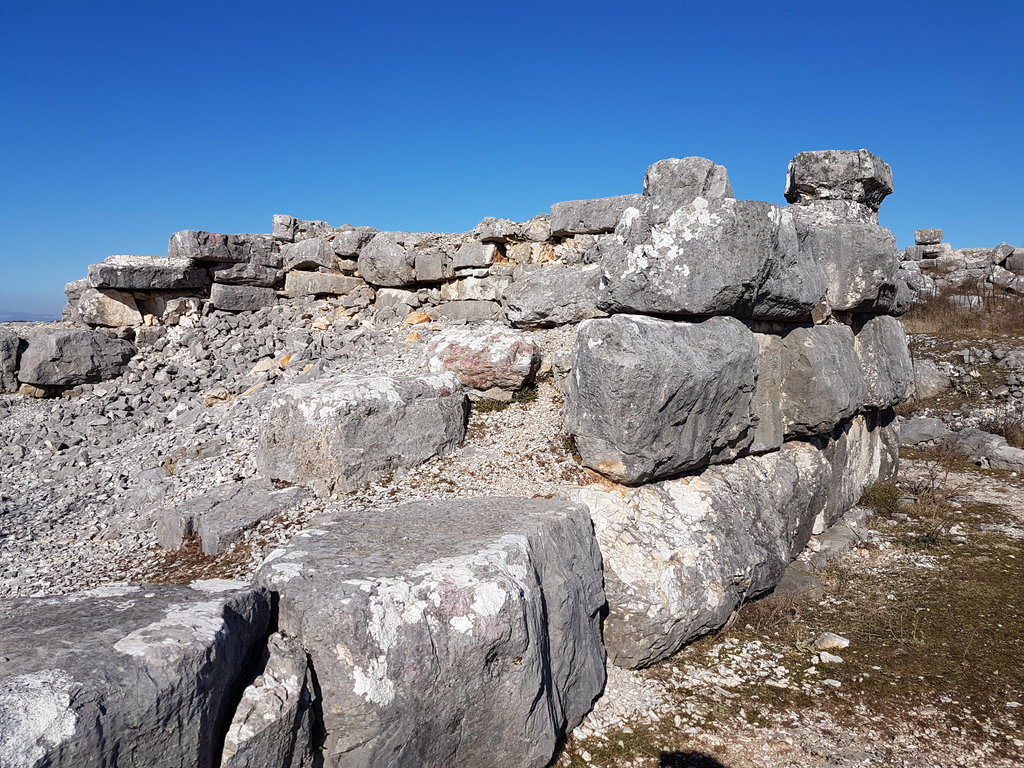
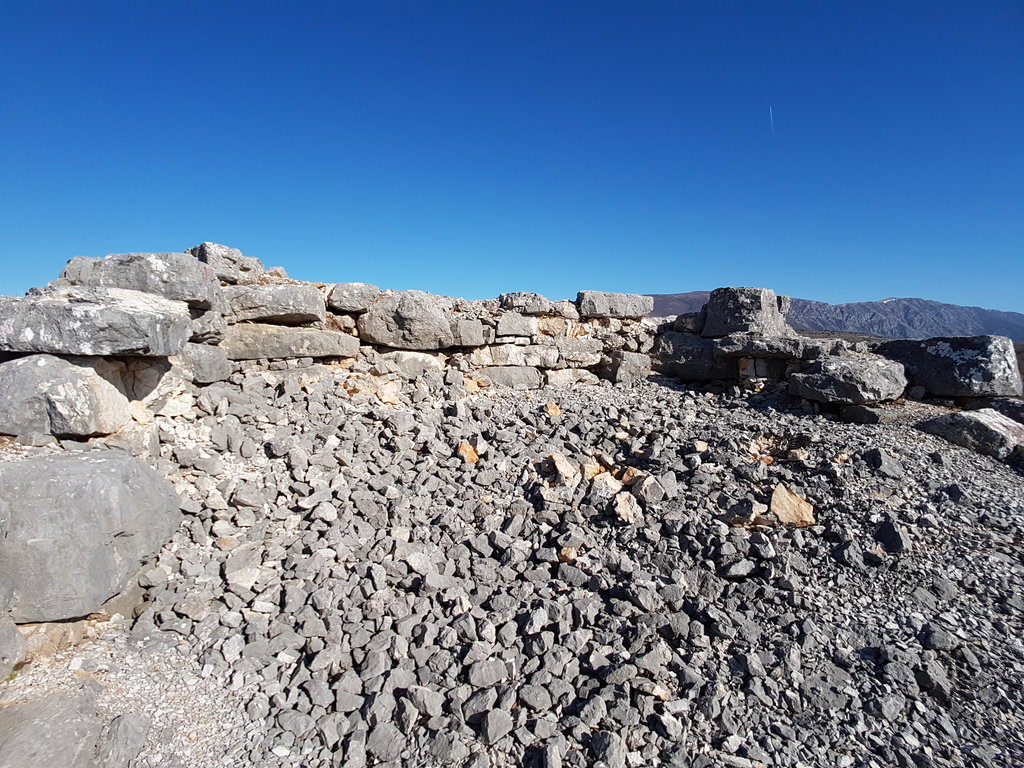
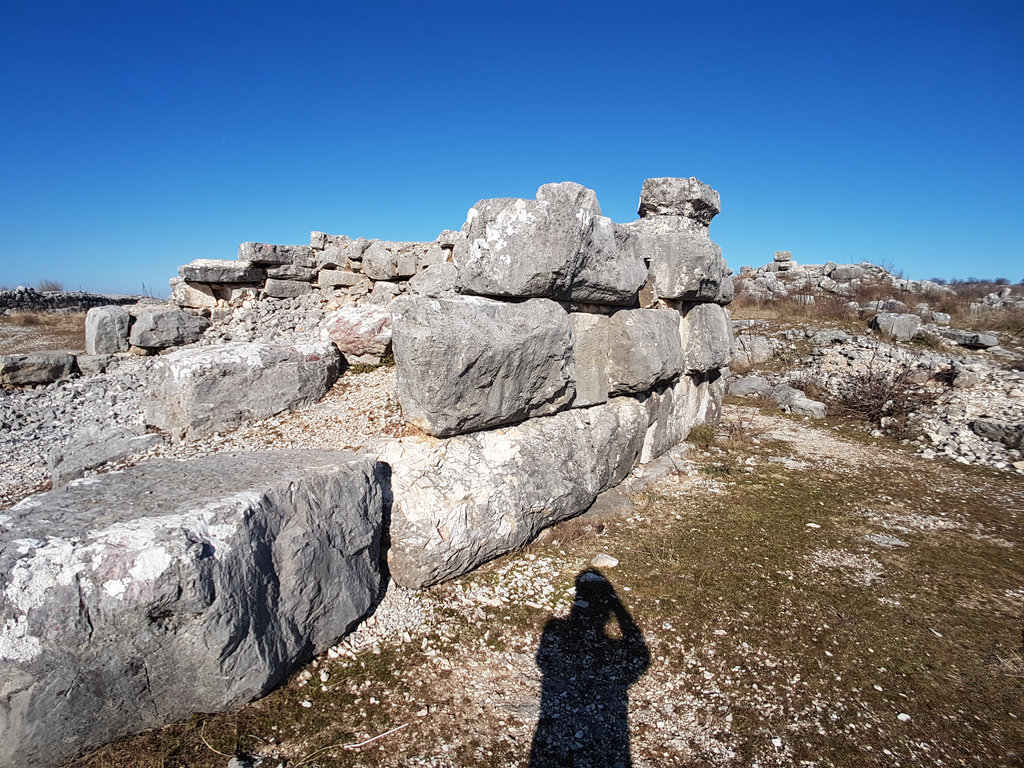
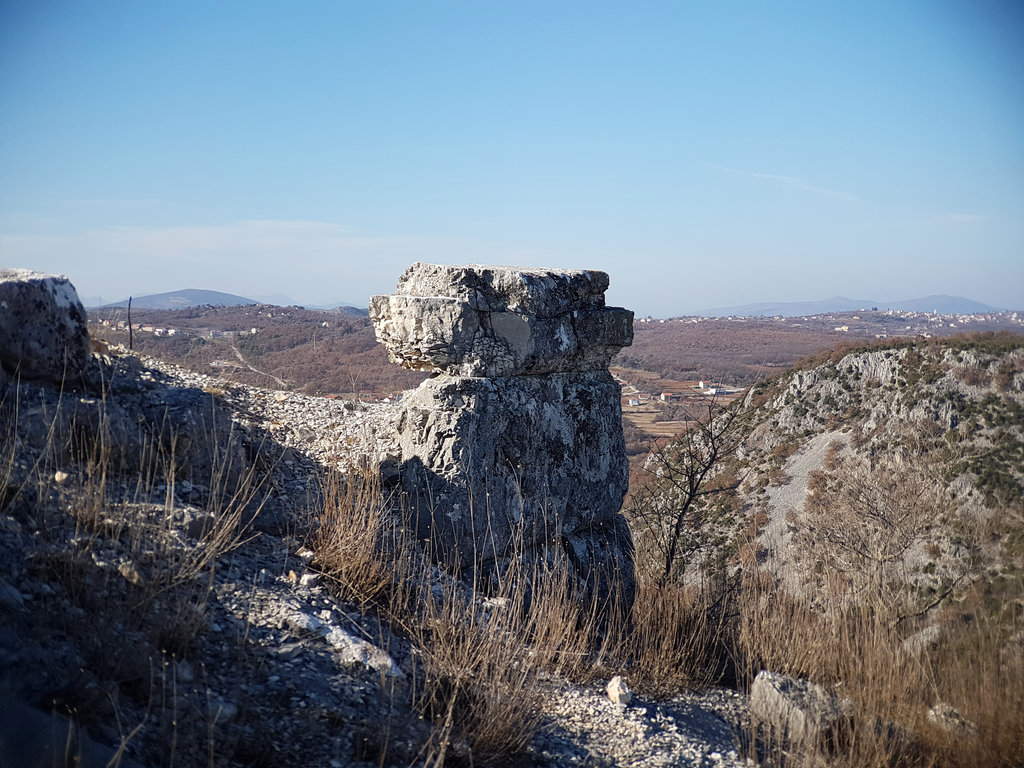
At Daorson we can see recent reconstruction and patchwork, as seen in the following photo. Like the bricks and even some bricks placed as to suggest an arc over the gate. But was that a gate at all? Nobody knows if this was a gate at all, even less if there was an arc. Did that gate or entrance invite visitors from the valley below through the terraces or the ones arriving from the hill? I don’t believe this was a fort, as the defensive position is rather suicidal with the supposed enemy on the hill in front of the site and the hundreds of meters below in the back. Kind of locks the defender into a small space which would easily been sieged. The ancient port city theory presented by Semir above is more plausable.
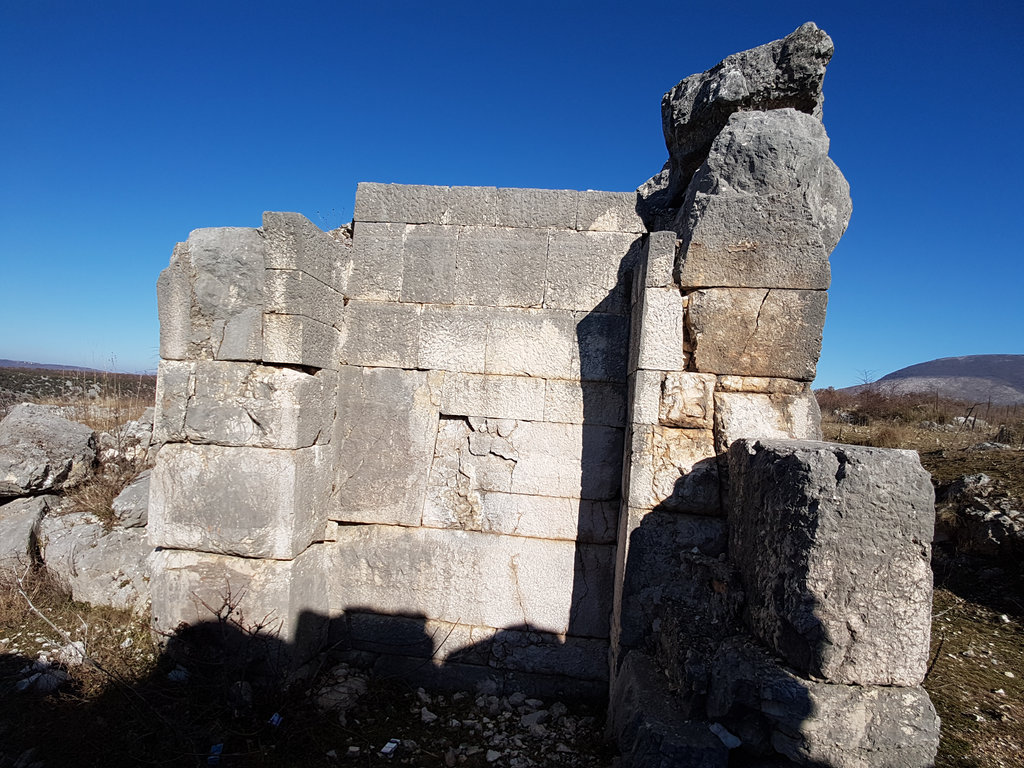
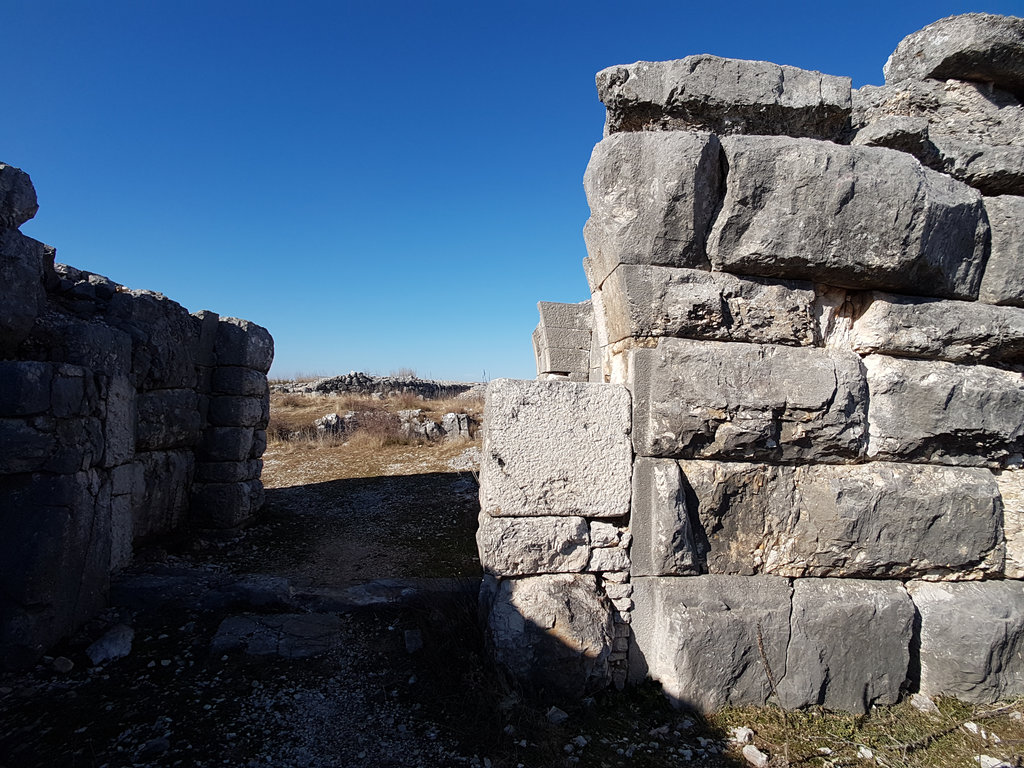
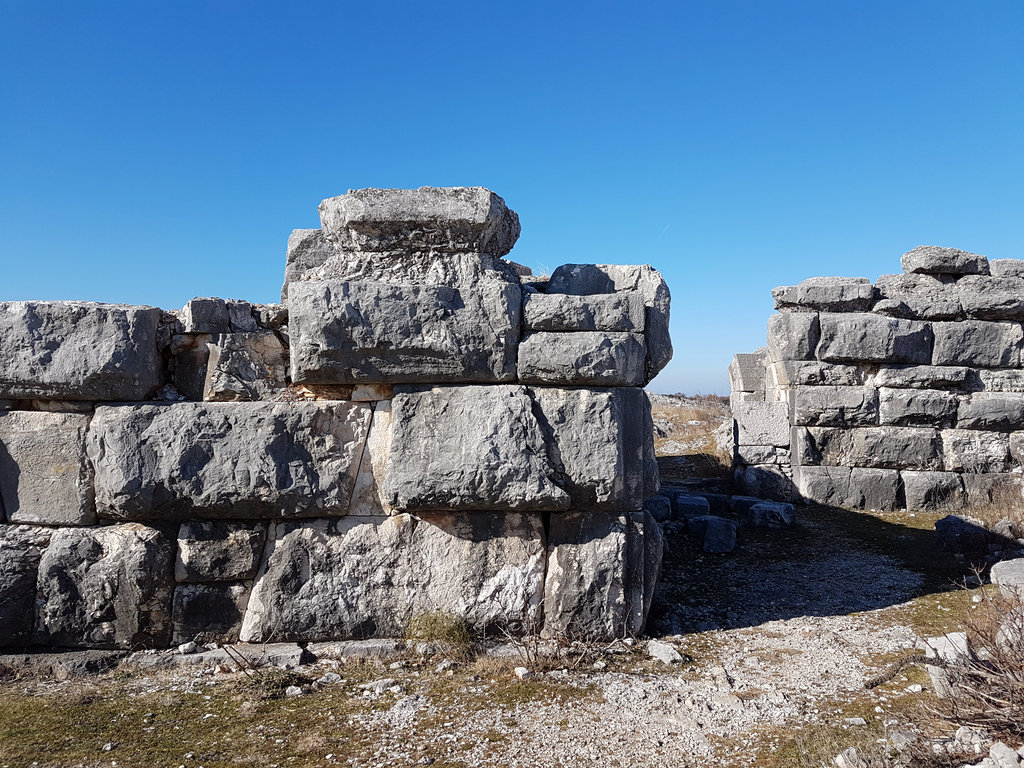
The valley below looks like an ancient fjord, that has dried up long long ago. In some sort of cataclysm, like the one that supposedly happened about 12 000 BCE. You can see the location of the Stećci at Radimlja, where the dried up river bed crosses the road.
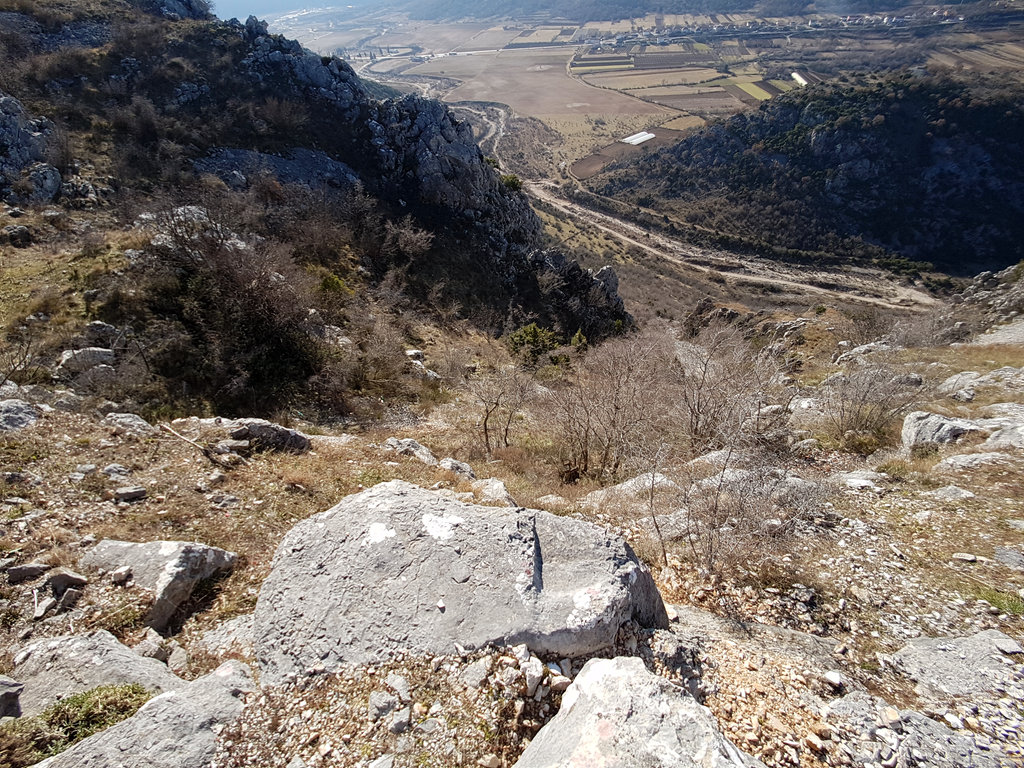
Here is the official information from UNESCO about the site.
Archeological site of the Hellenistic town of Daorson, Ošanći consists of three linked groups the disposition of which is dictated by the lie of the land. The central area is occupied by a dominant hill fort or acropolis below and to the south and south-west of which are terraces on the ridge, while to the east, on the Banje plateau, is the outer-acropolis area of residential and commercial, mainly artisanal and trade quarters of the settlement. The hill fort was built on a prehistoric fortified settlement which had been in existence there since the early (17/16th century BCE) to the end of the late Bronze Age (9/8th century BCE). The date of the ransacking of the town of Daorson that finally put an end to human settlement there can be determined with fair accuracy as the mid or second half of the 1st century BCE from the details of the wars waged by the Roman Praetor Vatinius against the Delmati. No permanent settlement ever arose on the ruins of the town of Daors. There is ample evidence of its advanced culture and civilization: it minted its own coins and produced complex artistically decorated buckles, there is graffiti on shards of pottery vessels, and parts of stone statues of human figures some 2 m in height were found. A megalithic wall, erected following the lie of the land, has been dated to the 4th century BCE, when both towers were probably built following the construction of the wall. The rest of the acropolis is of later date, through to the 1st century BCE. One of the most important finds is a helmet with the Greek inscription ΠΙИ, probably the abbreviated Illyrian name of the owner PINNES; it was probably made in the 3rd century BCE. The site is exposed to rapid deterioration as a result of lack of maintenance and failure to carry out even minimum protection measures.


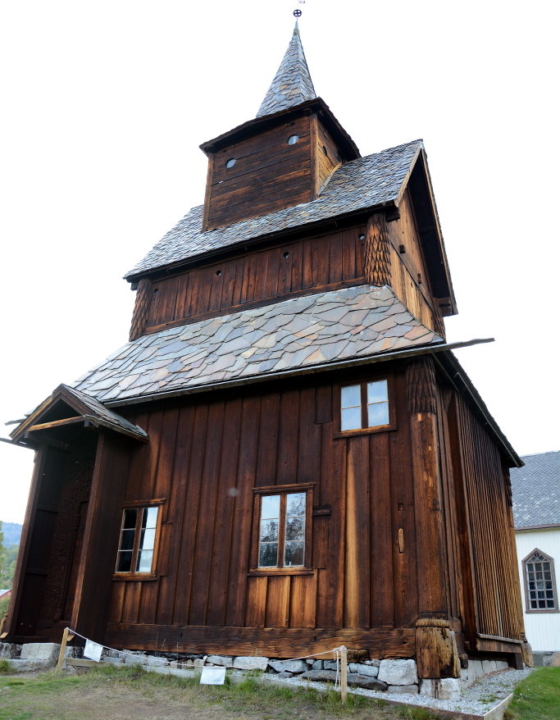
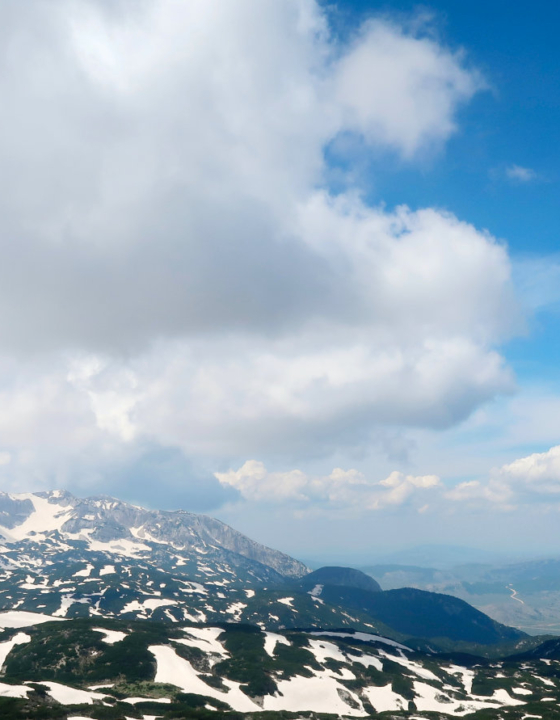

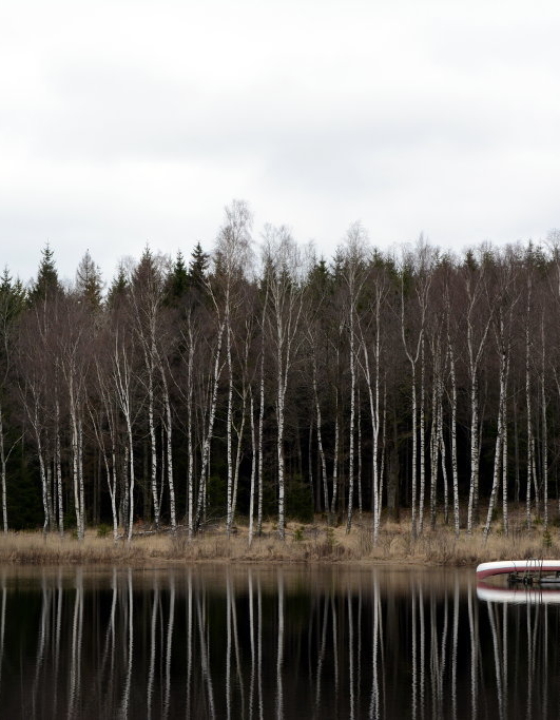
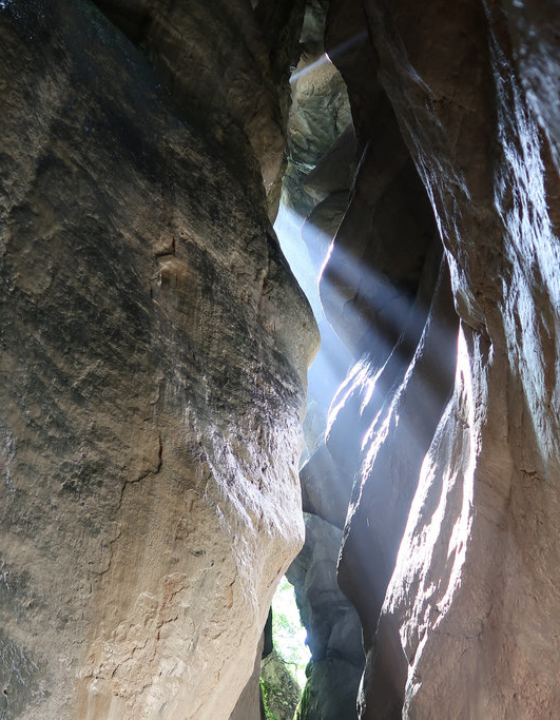
Richard Ryden
August 21, 2018Very interesting indeed! I came across this as late as yesterday! This site is completely new to me. Of course the history of mankind is much, much older than accepted by the mainstream, academic world. Göbekli Tepe in Turkey is the first accepted site to be much older than the Egyptians and the Sumerians. Now several ancient sites are ” popping up ” to tell otherwise. Historians must also revisit sites that already exist and take a closer look at the remains and they might reconsider the age of them! For example the Basalt Pyramid of Gunung Padang in Indonesia that is believed to be ca 2500 years old, but today is thought to be some 9000-20.000 years old! Even the ” platforms ” of Baalbek and of the Temple Mount in Jerusalem would have to be examined. My opinion is that they are very much older than thought of. Looking at the pictures of the megalithic site of Daorson makes me feel even more certain of this global catastrophe which occurred ca 12.000 bc and that wiped those civilisations out. Almost completely. A strange feeling of interconnected civilisations throughout the world and thus very advanced. Well, thank you very much for your ” report ” upon the Daorson megalithic site and your pictures! It confirms what more and more people think. Advanced civilisations long before the Sumerians and the Egyptians.
Sanjin Đumišić
August 21, 2018Thank you Richard,
Look into these Swedish sites too – https://sanjindumisic.com/ancient-norse-megaliths-in-sweden/
I find all of this fascinating like you do =)
/Allt gott
arthur karner
December 2, 2018very interesting; i will try to visit next year! thank you for pointing out this mysterious ancient site! with best regards from Graz. Austria. Arthur
Sanjin Đumišić
December 2, 2018Thanks for stopping by here, have a great winter and I wish you a pleasant trip next year!